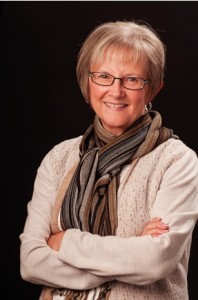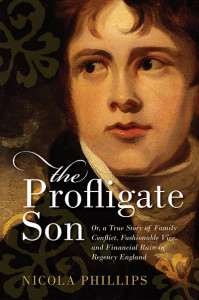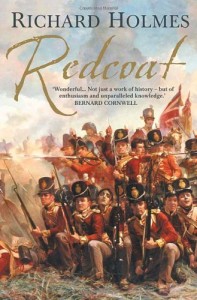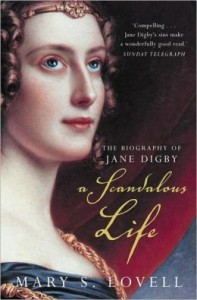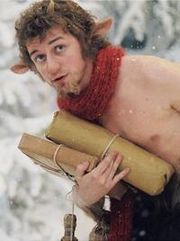Happy New Year!
I usually like to do a rundown of my favorite books and movies of the past year but this is a bit difficult. There are two books which are absolutely outstanding, neither of which are romance (although Pam Rosenthal may not agree):
Jo Bake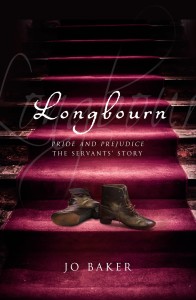 r’s wonderful Longbourn, a novel about the parallel universe of Pride & Prejudice, the story of the servants at the Bennets’ house. Their story is not necessarily that of their employers, and ranges far wider than the upstairs characters ever do–Africa, Spain, and with harsh, beautiful experiences at home. This is the English version, which I own–it has a servants’ staircase on the back cover.
r’s wonderful Longbourn, a novel about the parallel universe of Pride & Prejudice, the story of the servants at the Bennets’ house. Their story is not necessarily that of their employers, and ranges far wider than the upstairs characters ever do–Africa, Spain, and with harsh, beautiful experiences at home. This is the English version, which I own–it has a servants’ staircase on the back cover.
Life Aft er Life by Kate Atkinson, an astonishing story of England in the first half of the twentieth century. It’s about what could happen if you had the chance to change history, to relive your life and make things right, a fantasy we’ve certainly all shared to one extent or another.
er Life by Kate Atkinson, an astonishing story of England in the first half of the twentieth century. It’s about what could happen if you had the chance to change history, to relive your life and make things right, a fantasy we’ve certainly all shared to one extent or another.
This holiday season I’ve been lounging around eating toast in bed and rereading Deborah Crombie and Julia Spencer-Fleming. Both great mystery series.
But I haven’t read much romance that knocked my socks off. I know I’ve bought/read quite a lot on the kindle, but it doesn’t stay in my mind. And to paraphrase the Monty Python guys, it’s all getting too silly. I don’t know whether I can write this stuff any more, feeling that I just squeaked into the genre via some odd loopholes.
So I’m not sure what I’ll be writing in 2014. I have a sequel in the works to A Certain Latitude–that reminds me, just a few days to go to enter the Goodreads giveaway. I’d hoped I might get the sequel, A Certain Proposition, out by the end of the month, but the lying around reading and eating toast got in the way of that. However, I’m self-pubbing my Jane Eyre novella, Reader, I Married Him, later this month.
But after that? I have to find something new to write. I have to master the Facebook thing. Lots of things to do.
What are you planning for 2014?



